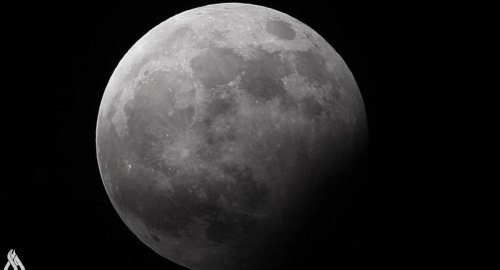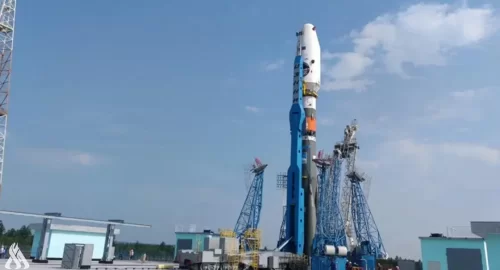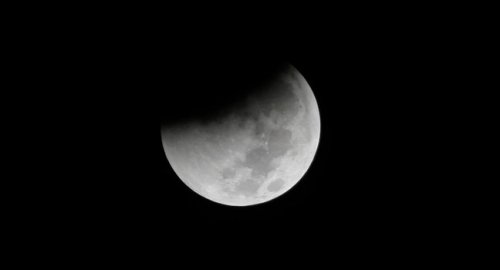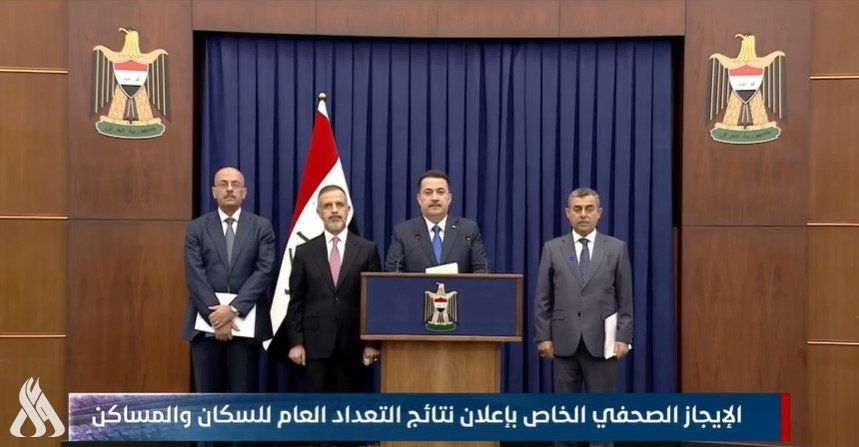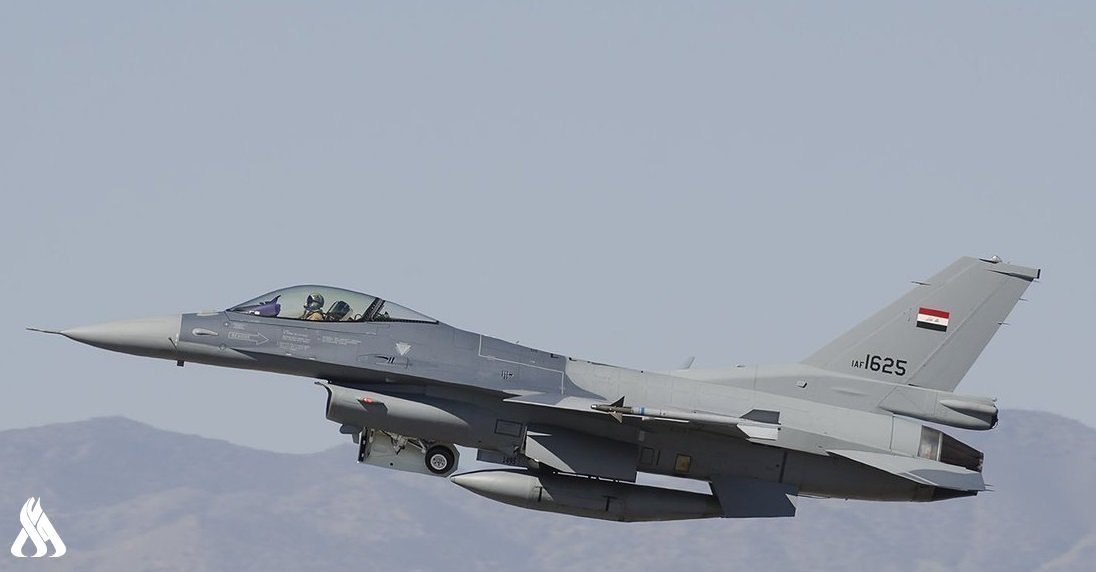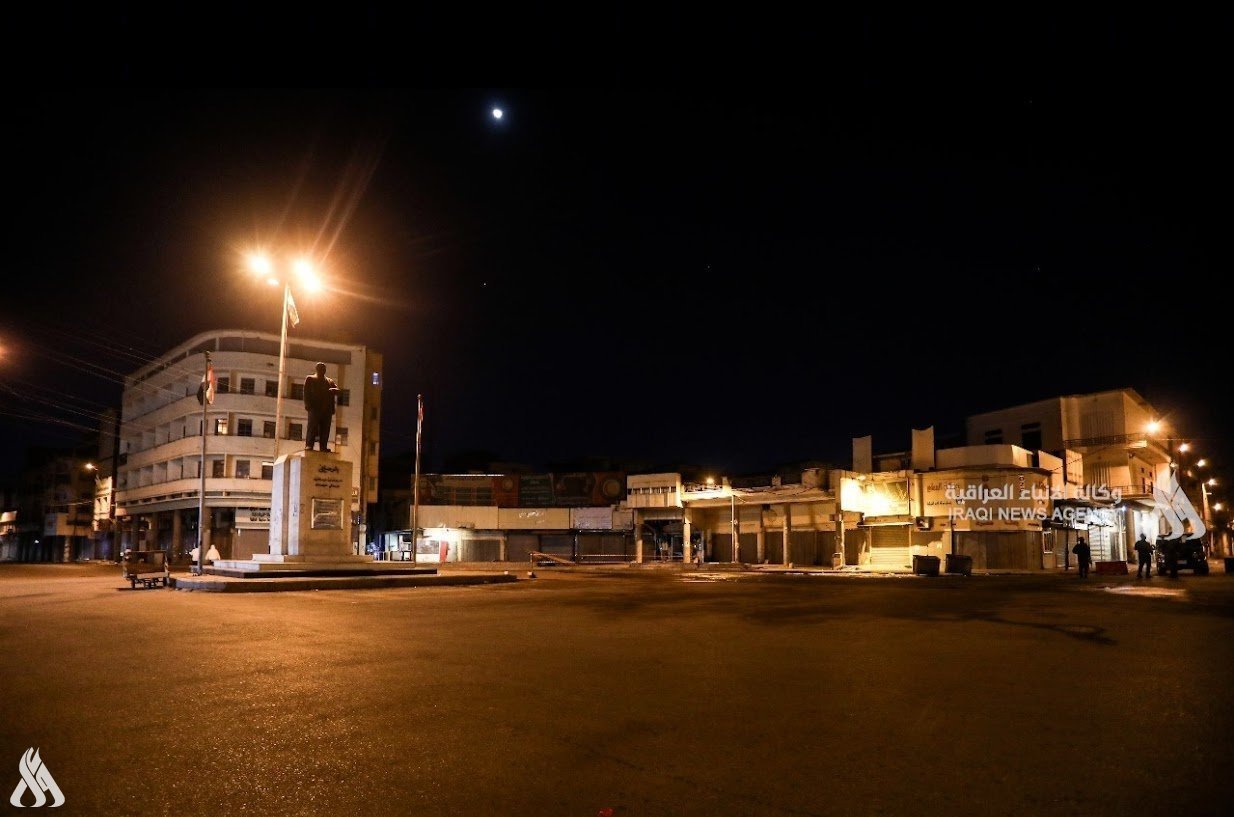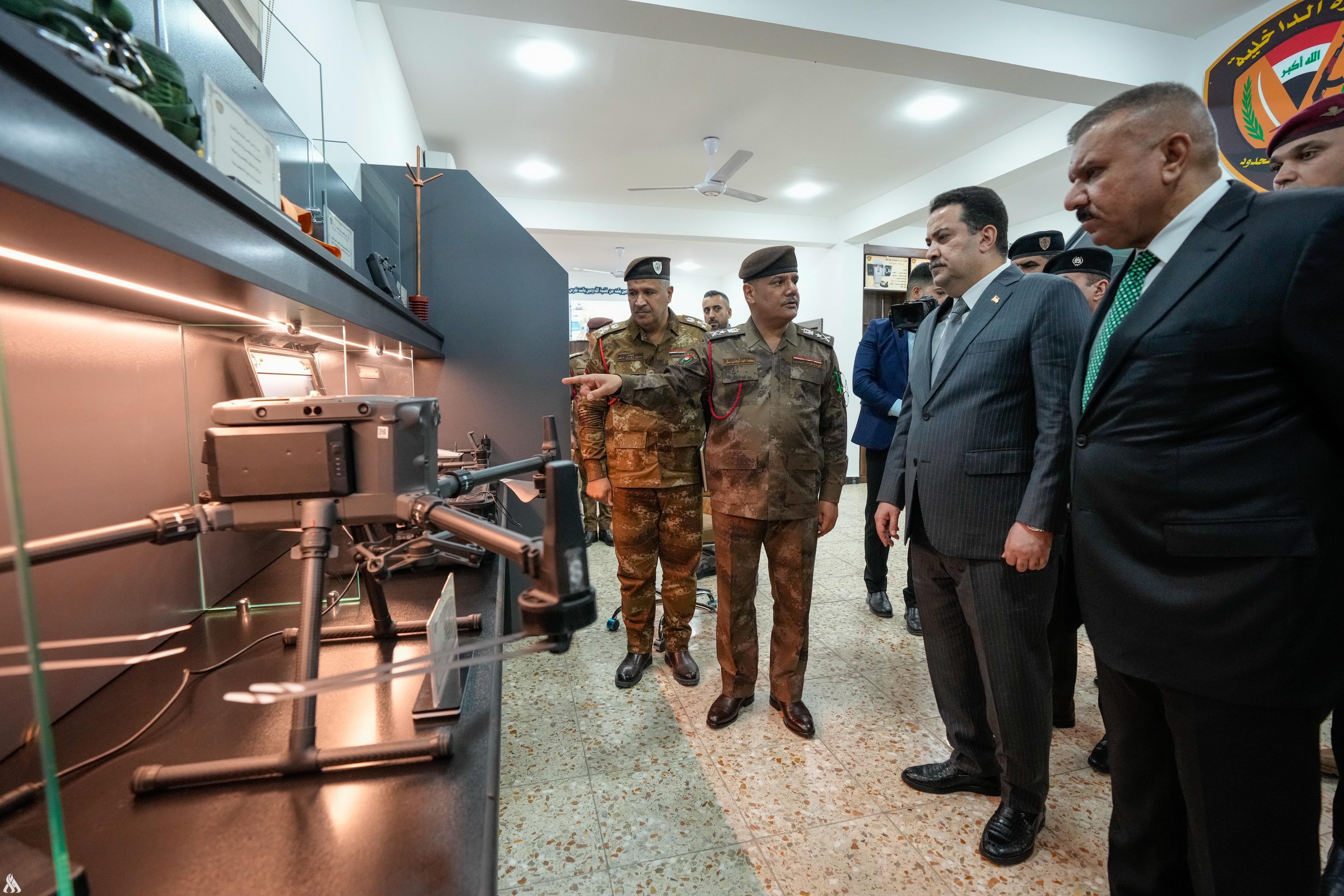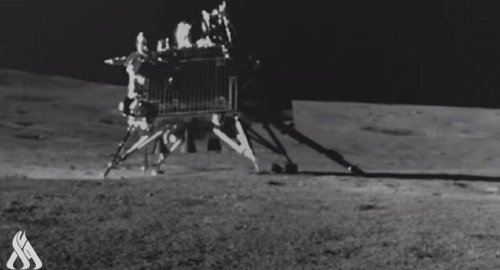
Chandrayaan-3: Will Vikram, Pragyan Wake UP Today As Lunar Night Ends?

- 22-09-2023, 13:58
INA- SOURCES
With the sun’s rays finally reaching the lunar south pole after 14 days, Indian Space Research Organisation (ISRO) scientists are prepared for their ambitious attempt to revive the Pragyan rover and Vikram lander, resuming moon exploration following a two-week ‘sleep.’ This endeavour will also test the durability of the lander and rover, assessing their ability to withstand the frigid temperatures of the lunar night.
What ISRO Chairman Said?
According to ISRO Chairman S. Somanath, the entire team associated with the mission is hopeful that when the sun rises on the Shivshakti Point, Vikram and Pragyan will come back to life. ISRO scientists will attempt to revive the instruments on September 21 and 22, during the lunar dawn. “We can only hope to see the equipment come back to life on September 22,” Somanath said.Vikram, Pragyaan on ‘Sleep Mode’
Vikram and Pragyaan were gradually put into sleep mode starting on September 2. Both modules had fully charged batteries when they were put to sleep, and their solar panels were oriented to receive light at dawn.Providing information in the Rajya Sabha, Union Minister of State for Science & Technology Dr. Jitendra Singh mentioned that scientists are waiting for the wake-up call to activate Vikram and Pragyan’s response. “The second phase of Chandrayaan-3 is about to begin in the next few hours… We are eagerly awaiting the wake-up call and the response from Vikram and Pragyan… Then communication from Earth will commence, and we will be the first in the world to achieve this,” he stated.”
The Indian space agency reported on September 4 that the data collected by the payloads were transmitted to the Earth and the payloads were currently powered off.
“Vikram Lander is set into sleep mode around 08:00 Hrs. IST today. Prior to that, in-situ experiments by ChaSTE, RAMBHA-LP and ILSA payloads are performed at the new location. The data collected is received at the Earth. Payloads are now switched off. Lander receivers are kept ON. Vikram will fall asleep next to Pragyan once the solar power is depleted and the battery is drained. Hoping for their awakening, around September 22, 2023,” ISRO posted on X.
Before putting Vikram on sleep, ISRO executed a command for the Lander to reignite its engines, which it accomplished, landing just 30-40 cm from its target. The Indian space agency shared this achievement on the social media platform X (formerly Twitter). This achievement is a major boost for future sample return missions and potential human expeditions to the moon. The successful execution of the hop experiment demonstrates the lander’s ability to move and navigate the lunar terrain, a critical capability for future exploratory missions.
“Chandrayaan-3 Mission: Vikram soft-landed on Moon, once again! The Vikram Lander exceeded its mission objectives, successfully executing a hop experiment. Upon command, it fired its engines, elevating itself by about 40 cm as expected and safely landed at a distance of 30 – 40 cm away,” ISRO wrote.
Vikram Lander
The Vikram Lander, which made its lunar touchdown on August 23, carries four payloads designed for a comprehensive lunar environment study. These include RAMBHA, measuring near-surface plasma density; ChaSTE, assessing lunar soil thermal properties; ILSA, monitoring seismic activity around the landing site; and LRA, contributing to lunar system dynamics understanding.Following the successful hop experiment, all systems on the Vikram Lander reported nominal performance and good health. The deployed RAMBHA, ChaSTE, and ILSA were expertly folded back and subsequently redeployed, showcasing the lander’s operational capabilities.
This accomplishment in Vikram Lander’s hop experiment represents a significant milestone in India’s space exploration endeavours. It not only highlights the country’s technological prowess but also paves the way for more ambitious lunar missions in the future. As ISRO continues to analyze the valuable data transmitted by the Vikram Lander, the world anticipates further groundbreaking achievements from this pioneering lunar mission.
Importantly, this achievement sets the stage for future sample return and human missions, igniting enthusiasm for the next phase of lunar exploration! All systems performed as expected and remain in good health. The deployed RAMBHA, ChaSTE, and ILSA were folded back and redeployed successfully after the experiment.
SOURCE: India.com
Al-Sudani meets with Prime Minister of Spain
- politics
- 01:16
Shawani meets with Egyptian Minister of Justice
- Local
- 01:12
INSS Captures ISIS Emir of Kurdistan
- Security
- 24/11/23
Iraqi F-16 aircraft carry out an airstrike in Zgheiton Valley in Kirkuk
- Security
- 24/11/22
